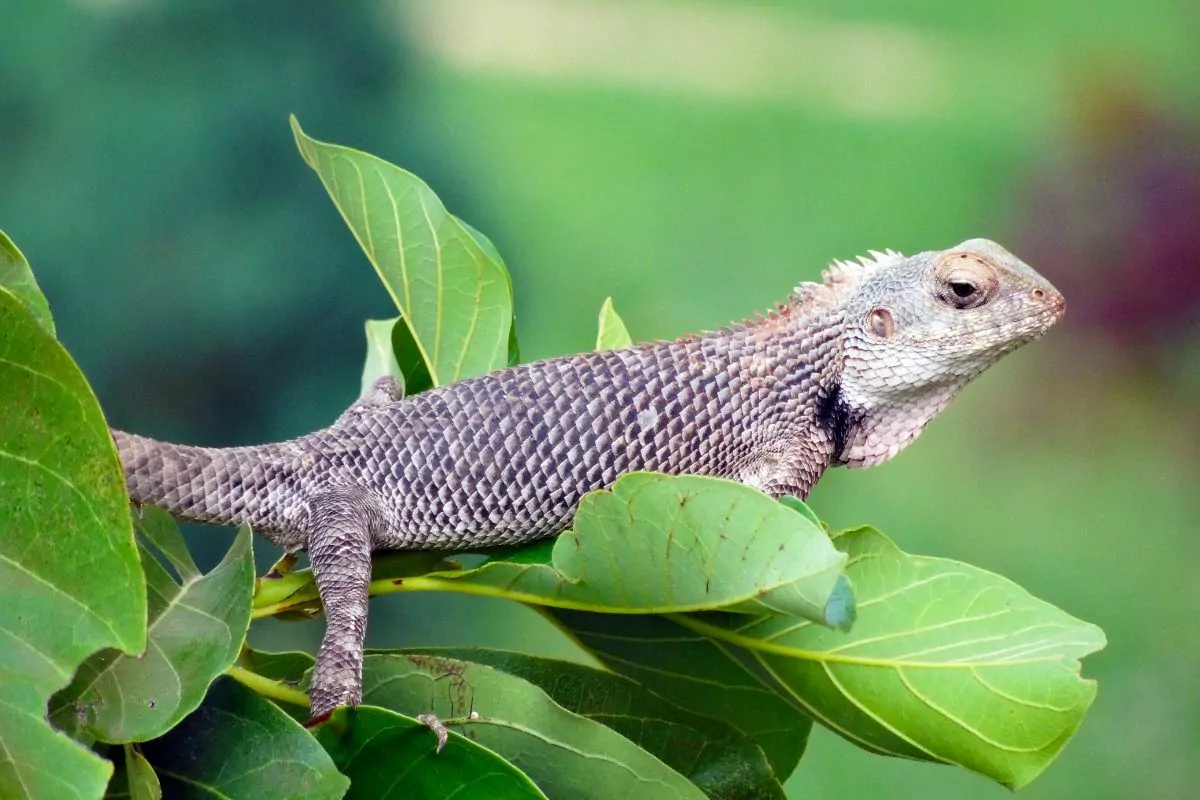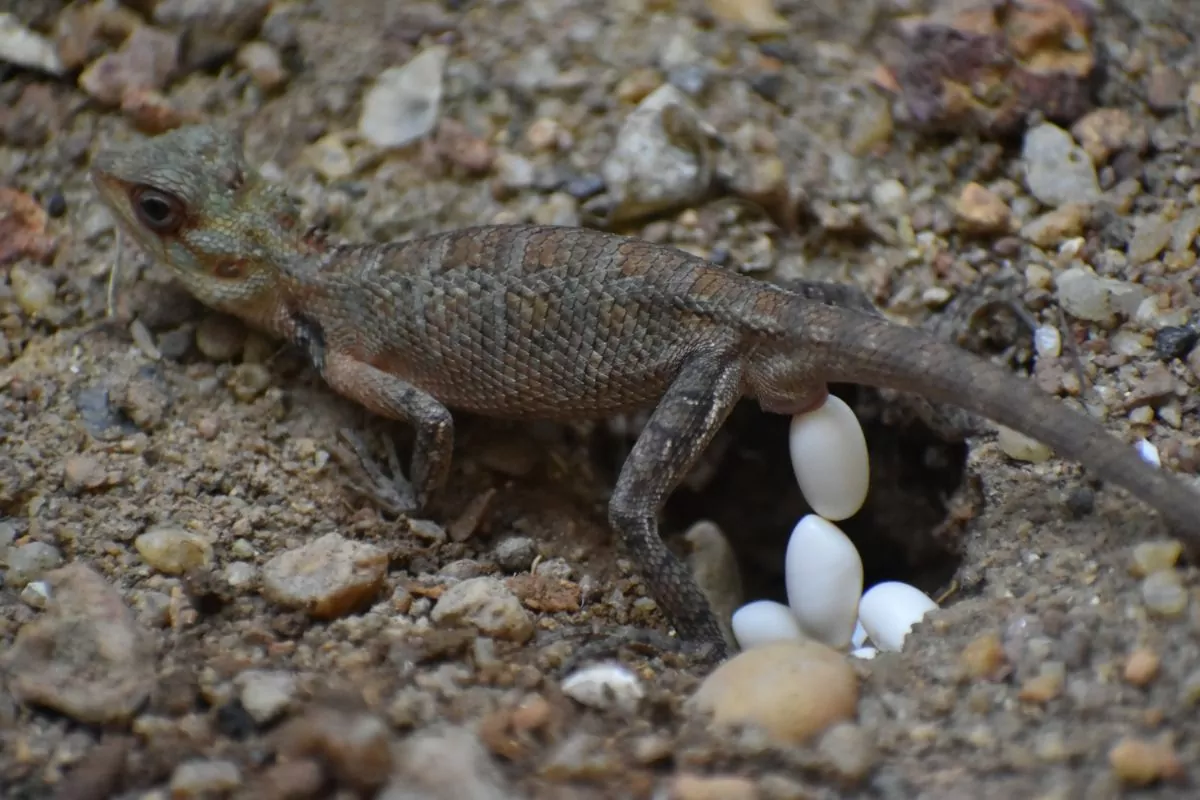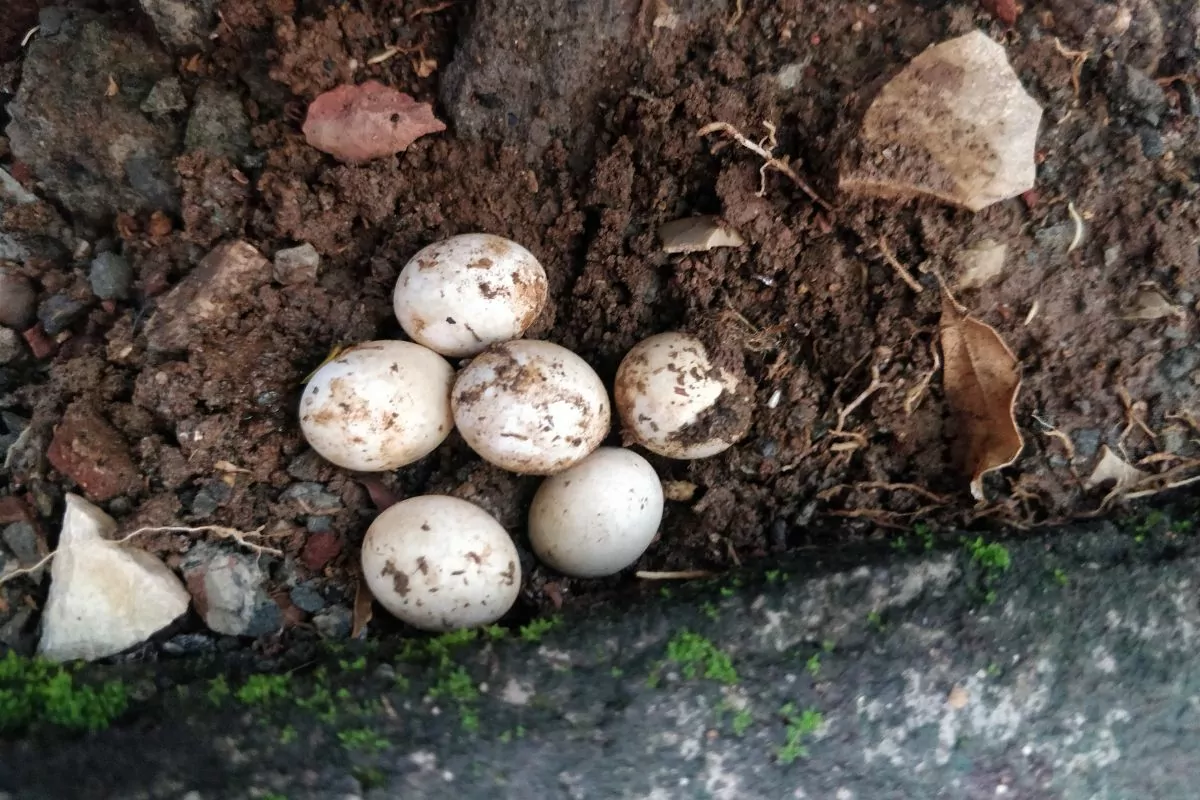Taking care of a pet lizard can be incredibly rewarding, and they can make for incredibly loving and adoring pets, so you will want to make sure that you can care for them adequately so that they can live happy and comfortable lives.

It can seem incredibly daunting to try and meet all of the unique needs of a pet lizard, especially considering that they need specific habitats, and very specific diets in order to thrive.
As such, it can be incredibly valuable to ensure that you have a good amount of knowledge about specific lizards, so that you can provide them with adequate care, should you ever have one as a pet!
You’re likely reading this now because you’ve found yourself wondering just how many eggs an ordinary lizard is likely to lay. Luckily, you have come to the right place.
Today, we are going to show you exactly how many eggs a lizard will lay, as well as where they might lay them!
Dive in to get started now!
Where Do Lizards Tend To Lay Their Eggs?
Many species of lizards do lay eggs, and they may lay them in all kinds of different places, depending on which species it is. Some lizards lay their eggs under the ground, to keep them hidden away from predators, while others may simply leave them on top of leaves or rocks.
Some lizards, like geckos, actually hold onto their eggs and carry them internally, only laying them when they are finally ready to hatch.
Generally, the place and time that a lizard chooses to lay their eggs will depend on the amount of protection the eggs need. Some keep them hidden away, or keep them close by, in order to protect them. Luckily, lizard eggs themselves are very hardy, and can’t easily be crushed or eaten!
How Many Eggs Do Lizards Actually Lay?

It is difficult to answer this question definitively because the number of eggs that a lizard lays will depend on the unique species. Some species lay loads of eggs all at once, while some might lay just one egg at a time!
The general rule of thumb is that, the larger the lizard is, the more eggs it will likely lay. If you have a pet komodo dragon, then you can expect it to lay up to 30 eggs at once! If you have a simple house gecko, then you can expect it to lay far fewer eggs!
However, sometimes there are exceptions to this rule, so if you are concerned that your lizard may have laid too many or too few eggs, then we strongly recommend consulting your vet.
Do Any Lizards Give Live Birth?
Yes. Some species of lizards do actually give live birth, as opposed to laying eggs! Lizards that give live birth, as opposed to laying eggs, are referred to as ‘Viviparous’.
The reason why some lizards give live birth is simply because their survival uniquely depends on it. Some lizards may live in very harsh conditions where laying eggs is not a viable option, for fear of predators.
Giving live birth allows the mother to protect the young before they are born.
Lizards that give live birth may have fewer offspring because the energy used to give birth is considerably higher than the energy used to lay eggs.
When Do Lizards Usually Lay Their Eggs?

Lizards usually tend to lay their eggs during the springtime. This is a time when the air is warm enough for the eggs to be healthy, and there is plenty of food around to feed the young lizards once they hatch!
Usually, when a lizard lays its eggs, it will bury them under a small amount of dirt, and allow them to hatch independently. Very often, the lizards will not return to their young, and once the young lizards hatch, they are left to their own devices.
Only a few lizard species will stick close to their young after laying eggs.
Do Lizards Ever Have Problems With Laying Eggs?
Unfortunately, due to a number of potential circumstances, some lizards may find that the process of laying eggs becomes interrupted, and this can lead to them retaining their eggs in the body.
When eggs become retained in a lizard’s body, it can actually be highly life-threatening! The eggs will keep a lizard from sufficiently obtaining calcium from its diet, which will result in the lizard becoming incredibly lethargic and sleepy.
If you notice that your pet lizard has retained any of its eggs and that it is becoming lethargic, then we recommend that you take the lizard to a veterinarian as soon as possible.
If the issue is not addressed within good time, then the lizard’s life can very easily come under threat.
To Wrap Up
There you have it! The amount of eggs that a lizard lays will vary massively depending on the species, and, very often, the size of the lizard. Larger lizards will lay more eggs, and smaller lizards will usually lay far fewer.
Once a lizard lays its eggs, it will usually bury them under the ground, and then leave them there, for the young lizards to live independently upon birth.
Only a few species of lizards do not lay eggs, and instead give live birth, but this is mostly a result of the lizard’s unique environment, where laying eggs may not be viable.
Frequently Asked Questions
Some species of lizards, like the New Mexico Whiptail, actually do reproduce asexually, while others will need to mate first.
Lizard eggs can differ massively depending on the lizard in question. The eggs of a house lizard will likely be very small, and appear slightly leathery.
If a lizard egg is healthy, then you should notice small blood vessels within the egg, and a healthy pink or red glow. If the egg appears yellow, it may be an infertile egg.
- Can Leopard Geckos Eat Silkworms? - March 11, 2024
- Do Leopard Geckos Climb? - March 4, 2024
- Do Leopard Geckos Bask? The Answer Will Surprise You - February 21, 2024
